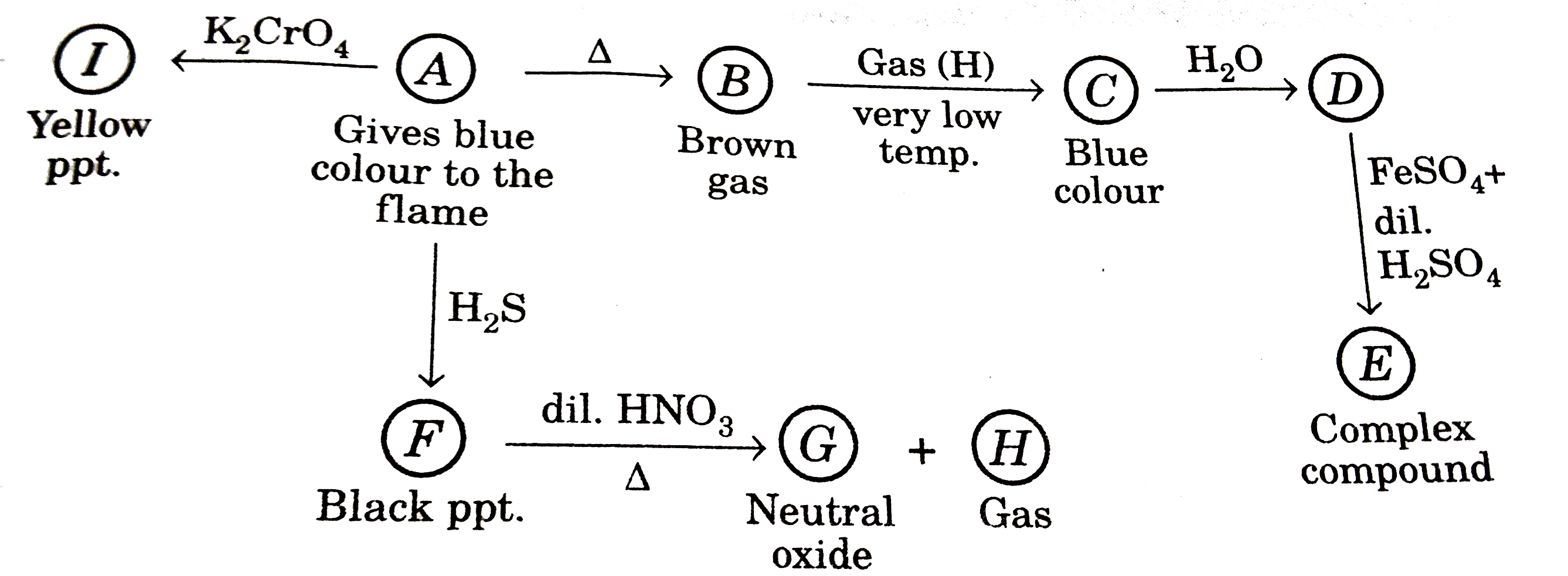Hybridisation of central atom changes for which of the following molecule when undergoes dimerization?
CF3
CIO3
NO2
All of these
The correct Answer is:D
To determine which molecule's central atom undergoes a change in hybridization upon dimerization, we will analyze the hybridization states of the central atoms in the given molecules before and after dimerization.
1. Identify the Molecules:
We need to analyze the hybridization of the central atom in the following molecules:
- CF3
- ClO3
- NO2
2. Analyze CF3:
- Before Dimerization:
- The carbon atom in CF3 forms three sigma bonds with fluorine atoms and has one unpaired electron.
- The hybridization state can be determined by the number of sigma bonds:
- Hybridization = sp² (3 sigma bonds).
- After Dimerization:
- When CF3 dimerizes, it forms C2F6, where the carbon atoms now form four sigma bonds each.
- Hybridization = sp³ (4 sigma bonds).
- Change in Hybridization: Yes, from sp² to sp³.
3. Analyze ClO3:
- Before Dimerization:
- The chlorine atom in ClO3 forms three sigma bonds with oxygen (one double bond and two single bonds) and has one unpaired electron.
- Hybridization = sp² (3 sigma bonds).
- After Dimerization:
- When ClO3 dimerizes, it forms Cl2O6, where chlorine forms four sigma bonds (three with oxygen and one with another chlorine).
- Hybridization = sp³ (4 sigma bonds).
- Change in Hybridization: Yes, from sp² to sp³.
4. Analyze NO2:
- Before Dimerization:
- The nitrogen atom in NO2 forms two sigma bonds (one with each oxygen) and has one lone pair.
- Hybridization = sp² (2 sigma bonds + 1 lone pair).
- After Dimerization:
- When NO2 dimerizes, it forms N2O4. In N2O4, nitrogen forms two sigma bonds with oxygen and a nitrogen-nitrogen bond.
- Hybridization = sp (2 sigma bonds).
- Change in Hybridization: Yes, from sp² to sp.
5. Conclusion:
- All three molecules (CF3, ClO3, and NO2) exhibit a change in hybridization upon dimerization.
- Therefore, the answer to the question is that the hybridization of the central atom changes for all the given molecules upon dimerization.
Final Answer:
The hybridization of the central atom changes for all of the following molecules when they undergo dimerization: CF3, ClO3, and NO2.
We need to analyze the hybridization of the central atom in the following molecules:
- CF3
- ClO3
- NO2
- Before Dimerization:
- The carbon atom in CF3 forms three sigma bonds with fluorine atoms and has one unpaired electron.
- The hybridization state can be determined by the number of sigma bonds:
- Hybridization = sp² (3 sigma bonds).
- After Dimerization:
- When CF3 dimerizes, it forms C2F6, where the carbon atoms now form four sigma bonds each.
- Hybridization = sp³ (4 sigma bonds).
- Change in Hybridization: Yes, from sp² to sp³.
- Before Dimerization:
- The chlorine atom in ClO3 forms three sigma bonds with oxygen (one double bond and two single bonds) and has one unpaired electron.
- Hybridization = sp² (3 sigma bonds).
- After Dimerization:
- When ClO3 dimerizes, it forms Cl2O6, where chlorine forms four sigma bonds (three with oxygen and one with another chlorine).
- Hybridization = sp³ (4 sigma bonds).
- Change in Hybridization: Yes, from sp² to sp³.
- Before Dimerization:
- The nitrogen atom in NO2 forms two sigma bonds (one with each oxygen) and has one lone pair.
- Hybridization = sp² (2 sigma bonds + 1 lone pair).
- After Dimerization:
- When NO2 dimerizes, it forms N2O4. In N2O4, nitrogen forms two sigma bonds with oxygen and a nitrogen-nitrogen bond.
- Hybridization = sp (2 sigma bonds).
- Change in Hybridization: Yes, from sp² to sp.
- All three molecules (CF3, ClO3, and NO2) exhibit a change in hybridization upon dimerization.
- Therefore, the answer to the question is that the hybridization of the central atom changes for all the given molecules upon dimerization.
The hybridization of the central atom changes for all of the following molecules when they undergo dimerization: CF3, ClO3, and NO2.
Topper's Solved these Questions
Similar Questions
Knowledge Check
Hybridisation of central atom in NF3 is
Asp3BspCsp2Ddsp2Hybridisation of the underline atom changes in
AA––IH3 changes of AlH−4BH2O–– changes to H3O4CN––H3 changes to NH+4Din all casesHybridisation of central N atom in N2O is
AspBsp2Csp3Dsp & sp2
Hybridisation of central atom in ICl+2 is
View SolutionThe hybridisation of the central atom will change when
View SolutionThe hybridization of the central atom will change when :
View SolutionIn which of the following molecules , the type of hybridization changes when
View Solution
Type of hybridisation of central atom of gas (B):
View Solution
